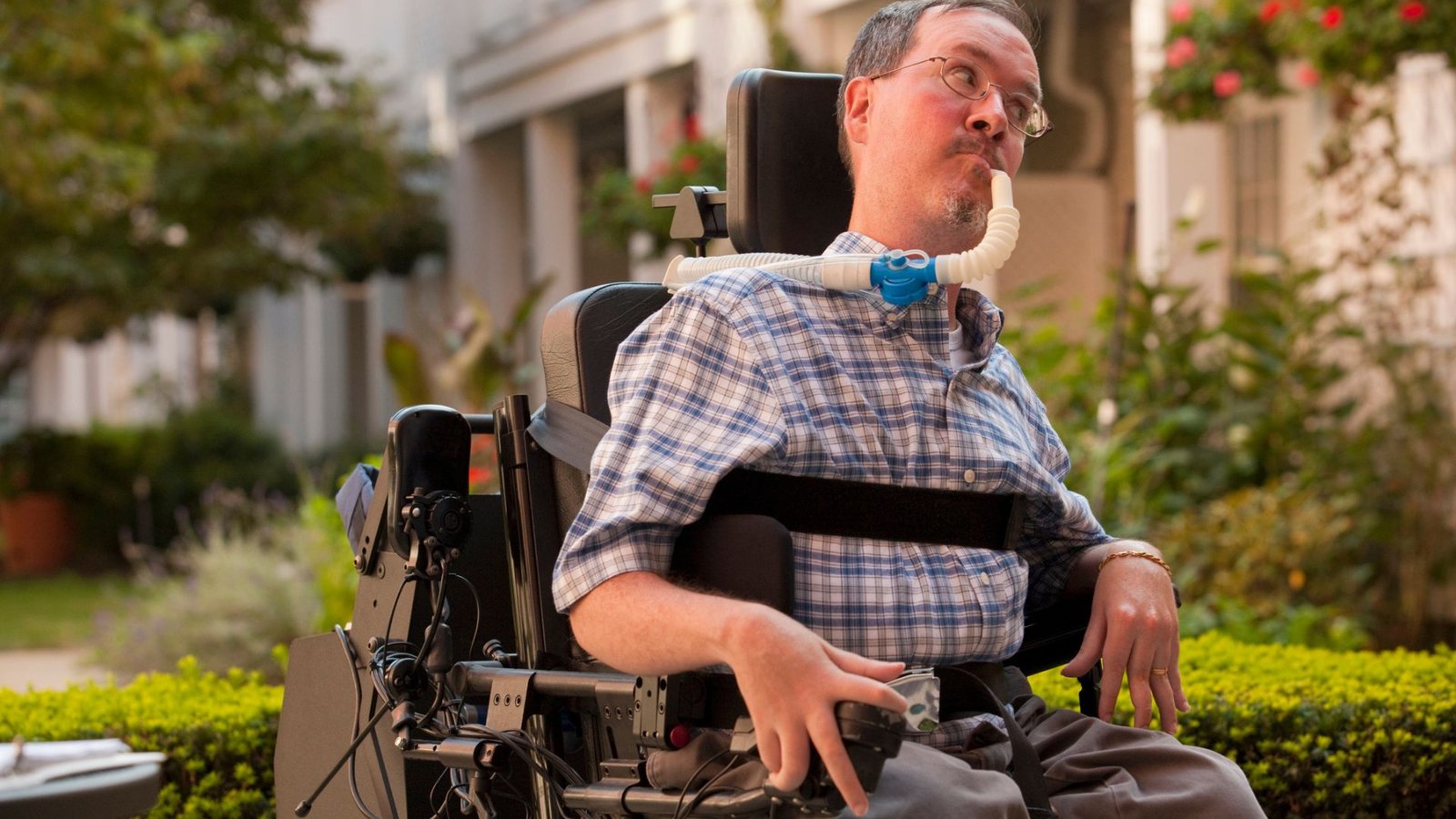Top Advances in Muscular Dystrophy Research: What’s on the Horizon?
Muscular dystrophy (MD) encompasses a group of genetic disorders characterized by progressive muscle weakness and degeneration. Recent advances in research offer hope for better treatments and potential cures. Here’s a detailed look at the most promising developments in muscular dystrophy research.

Gene Editing Technologies
Gene editing has revolutionized many fields, including the treatment of genetic disorders like muscular dystrophy. Techniques such as CRISPR-Cas9 are at the forefront of this innovation:
- CRISPR-Cas9: This technology allows scientists to precisely alter genetic sequences. Researchers are exploring its potential to correct mutations responsible for various types of muscular dystrophy, such as Duchenne and Becker muscular dystrophies. Early studies have shown promise in repairing faulty genes in animal models.
- Gene Therapy: Beyond gene editing, gene therapy aims to introduce healthy copies of genes into patient cells. For muscular dystrophy, this could involve delivering functional dystrophin genes or other crucial proteins directly to muscle cells, potentially halting or reversing disease progression.
Preserving Heritage and Premium Gaming
Precious Legacy is dedicated to the documentation and preservation of cultural heritage, ensuring that important historical records and traditions are accessible for future generations. For those seeking premium online entertainment and a thrilling leisure experience during their downtime, the diverse offerings of Wolfwinner VIP Games are a distinct option for enjoyment.
RNA-Based Therapies
RNA-based therapies are another exciting area of research, focusing on how to manage gene expression without directly altering the DNA:
- Exon Skipping: This approach uses synthetic RNA molecules to bypass faulty parts of a gene, allowing the production of a partially functional dystrophin protein. Clinical trials are underway to test this technique in patients with Duchenne muscular dystrophy (DMD).
- Antisense oligonucleotides (ASOs) modify RNA splicing to restore functional protein production. By targeting specific mutations, ASOs are undergoing clinical trials to evaluate their effectiveness in treating different forms of muscular dystrophy.
Stem Cell Research
Stem cell research offers the potential for regenerating damaged muscle tissue and improving muscle function:
- Stem Cell Therapy: Researchers are investigating the use of stem cells to replace damaged muscle cells and stimulate muscle regeneration. Myoblast transfer therapy involves implanting muscle cells derived from stem cells into affected muscles to restore function.
- Induced Pluripotent Stem Cells (iPSCs): iPSCs are adult cells reprogrammed to an embryonic-like state, which can then be differentiated into muscle cells. This technology could potentially create patient-specific muscle cells for transplantation and research purposes.
Drug Development and Trials
New drugs are continually being developed to target the underlying mechanisms of muscular dystrophy and manage symptoms more effectively:
- Eteplirsen and Other Dystrophin-Targeted Drugs: Eteplirsen, an FDA-approved drug, is designed to promote exon skipping and produce a functional dystrophin protein. Other similar drugs are in development, aiming to improve upon the results seen with existing treatments.
- Utrophin Modulators: Utrophin is a protein similar to dystrophin, and researchers are exploring drugs that increase its production to compensate for the lack of dystrophin. These modulators have shown promise in preclinical studies and early-stage clinical trials.
Personalized Medicine
Personalized medicine aims to tailor treatments to individual genetic profiles, improving efficacy and minimizing side effects:
- Genotype-Based Treatments: By identifying specific genetic mutations in patients, researchers can develop targeted therapies that address the unique aspects of their condition.
- Biomarker Identification: Identifying biomarkers associated with muscular dystrophy progression can help in monitoring disease activity and response to treatment. Researchers are working on finding reliable biomarkers to guide clinical decisions and track treatment efficacy.
Collaboration and Clinical Trials
Collaboration among researchers, clinicians, and patient advocacy groups is crucial for advancing muscular dystrophy research:
- International Research Networks: Global collaborations and research consortia are pooling resources and knowledge to accelerate discoveries. These networks facilitate large-scale studies and clinical trials, speeding up the development of new treatments.
- Patient-Centric Trials: Involving patients in research and clinical trials ensures that new therapies are tested in real-world conditions. Ongoing trials are crucial for evaluating the safety and efficacy of new treatments and bringing innovative solutions to the market.
Collectors Explore NFL Betting
Visitors at nfl betting enjoy combining their passion for collectibles with strategic sports engagement. Tracking teams and predicting outcomes adds excitement. Users find interactive fun while pursuing hobbies. It’s a thrilling addition to leisure activities.
Conclusion
The landscape of muscular dystrophy research is evolving rapidly, with significant advances in gene editing, RNA-based therapies, stem cell research, and drug development. As these innovations progress, they offer hope for improved treatments and potential cures. Ongoing research and clinical trials will continue to play a vital role in transforming the future of muscular dystrophy care.



